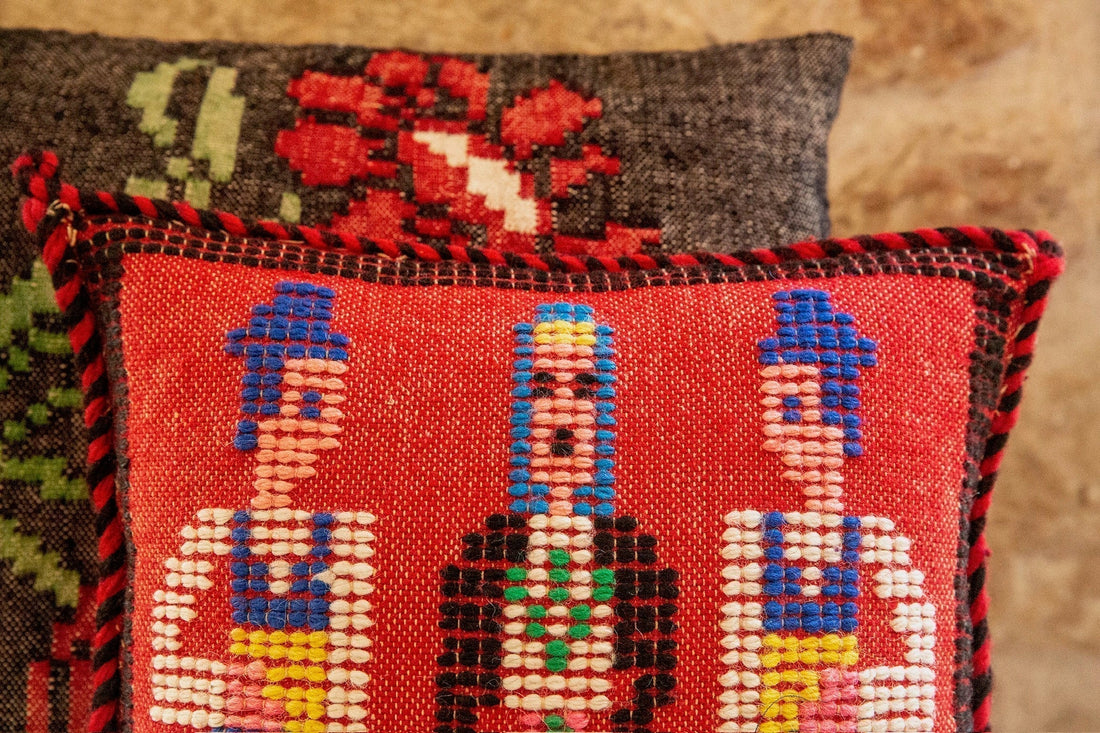
Share
Born into Beauty: A Legacy of Women, Wanderlust, and What We Collect
Some people stumble into design. I was raised inside of it.
My mother, Stella, is an interior designer—still practicing at the age of 84—and from my earliest memories, she was always hunting for treasure. Her father worked in the engine room of oil tankers during the Korean and Vietnam Wars and brought home beautiful objects from his travels: jade figures, delicate porcelain, carved trinkets from distant ports. That reverence for objects with soul became her inheritance—and mine.

We traveled quite a bit as a family. Upon arrival in a new place, my mother’s first question wasn’t “Where do we eat?” but “What should I buy here?” or “Who’s making ceramics nearby?” Her curiosity wasn’t touristic—it was almost archaeological. We’d be off down a dirt road or behind a closed market stall in search of something handmade, something irreplaceable.

But the women who shaped me extended beyond Stella. My great-aunt Mary was a formidable American antique dealer in Massachusetts. On Sundays, we’d visit her flea market stand “up the field,” where I learned how to assess the weight of a pewter candlestick or the age of a Windsor chair. It was a kind of treasure school—part instinct, part education—and I took those lessons straight to the stage, becoming the props manager for every high school production, dipping into Stella’s and Aunt Mary’s collections for just the right brass teapot or velvet chaise.
My grandmother Rose was a shoemaker, and her kitchen always smelled faintly of leather. She made me pouches, pencil cases, little treasures from scraps. Her hands were always busy, always making. That lesson stuck: if we didn’t have something, we’d make it. And on my father’s side, Vasiliki—who emigrated from Greece at 15 to work in a textile mill in Massachusetts—was a story I carried, even if I lost her young. Now that I live in Greece, I feel I’m continuing something she couldn’t, supporting the handmade in a way she might have dreamed of.

Every Christmas, Stella gave me books on Majolica, rattan, Shaker, or another design movement. “So you’ll know what’s on my shelves,” she’d say. But really, she was teaching me—quietly, thoroughly. Looking back, it was a masterclass disguised as a childhood.
And so today, at Anthologist, I don’t just curate objects—I continue a legacy. One of women who valued the handmade, who chased stories, who knew that beauty wasn’t just to be admired, but preserved.

